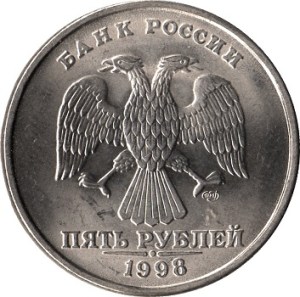Russia Raises Taxes to Fund War
The people always lose in times of war. Vladimir Putin is looking to the Russian civilians to help fund the war that has lasted far longer than anticipated, thanks to Ukraine having backers with deep pockets. The flat tax rate of 13% that Putin implemented when he took over for Yeltsin in 2001 is being ratified for the first time I nearly 25 years.
Families earnings under 2.4 million roubles ($27,312.14 USD) will maintain the 13% rate. Those earning between 5 and 20 million roubles (>$227,592.80 USD) will face a flat tax rate of 18%, while those earning between 20 million to 50 million roubles (%$568,982.000 USD) will face a 20% tax. The highest earners bringing home over 50 million roubles annually will be taxes 22%.
Now, this is still a light rate of taxation compared to what we see elsewhere. Still, people and businesses alike are displeased. The corporate tax rate will rise by 5% from 20% to 25%. The government expects to generate an additional 2.6 trillion roubles in revenue once the tax is implemented next year.
Russia’s Finance Ministry believes that 2 million people, 3.2% of the working population, will see a rise in their taxes. Taxes on investments will not change. “The changes are aimed at building a fair and balanced tax system,” Finance Minister Anton Siluanov said, adding that the additional funds would bolster Russia’s “economic well-being.” He said the tax hikes will help fund social spending, including state child support and Russia’s pension fund.
It is almost unheard of for a nation to maintain the same rate of taxation for two decades. The flat rate was big selling point of Putin’s success and popularity among the Russian people. Yet, wages in Russia have also risen at the fastest pace in over five years, with a 7.3% uptick in 2023. Russia is expected to spend at least 40% of its budget on the war in Ukraine. Russia now must prepare for a prolonged war as NATO has become heavily invested and has backed the country into a tight corner.

